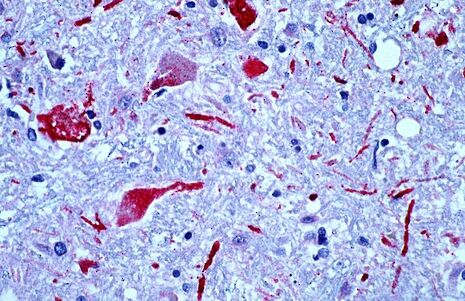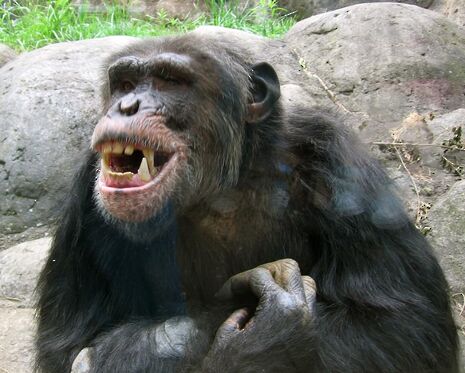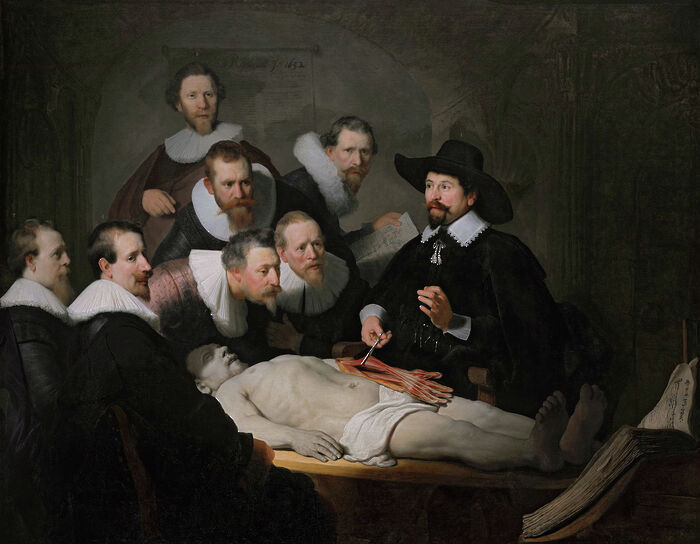How science can define consciousness
From chimps to bats, how do we determine which organisms have the same degree of consciousness as us?

In the summer of 2012, some of the world’s most preeminent neuroscientists met at the Francis Crick Memorial Conference to sign the Cambridge Declaration on Consciousness. Here, they created a controversial platform: consciousness is not a uniquely human trait, and there are non-human animals that are capable of conscious thought like us.
Even with such a weak grasp on the underlying architecture of our own brains, the question of other minds had always seemed mysterious, but here was a consensus – what led these academics to such a striking conclusion?
Over a decade earlier, Crick himself remarked that “how our brains work is of vital interest to us all, so why shilly-shally?” Perhaps he would have been unimpressed that it took his contemporaries so long to research and make an ultimate declaration, but the puzzle of non-human consciousness has eluded and frustrated thinkers for centuries.
At its root was a clash between the two great schools of thought in the mind-body problem, namely dualism and monism. Dualists believed that mind and matter were separate and distinct, while monists saw them as different aspects of the same fundamental essence. René Descartes, a prominent 17th Century dualist, argued that there was no equivalent to the human mind in other animals, and that they therefore could not be conscious in the sense that we are.
Crick remarked that “how our brains work is of vital interest to us all, so why shilly-shally?”
A later shift away from dualism opened up the possibly of studying the mind empirically, as a biological system like any other, albeit an almost unfathomably complicated one. As physicist Emerson M. Pugh put it, “If the human brain were so simple that we could understand it, we would be so simple that we couldn’t.” Could non-human brains be more manageable? However, investigating animal consciousness presents a problem, with animals clearly unable to provide verbal accounts of their experiences.

To some, this is an insurmountable barrier to understanding animal minds. In his influential 1974 paper What is it like to be a bat?, the philosopher Thomas Nagel concluded that an organism is conscious “if and only if there is something that it is like to be that organism—something it is like for the organism to be itself.” Without being able to truly experience the world from the perspective of a bat, we could at most understand its behaviours, but never the underlying mindset. Since an individual only knows what it is like to be themselves, Nagel considered an objective perspective on consciousness to be impossible.
In spite of the apparent chasm between the brains of animals and those of the humans attempting to study them, years of experiments have yielded some remarkable results. Most famously is the mirror test, a benchmark for self-awareness that has been passed by the likes of chimps, elephants, dolphins and magpies.
Yet, even self-recognition in a mirror, is less clear-cut proof of consciousness than one might initially think, as awareness does not necessarily equate to true sentience. This highlights the challenge of defining consciousness, a concept that most can intuitively sense but few can precisely pin down.
There will probably never be a single set of parameters which we use to define consciousness, or a definitive test. The language capabilities of some animals are impressive, but are they just mimicry? Chimps can read human facial cues, but are they just learning associations? Just like Nagel’s bat, we have no way of asking them to find out for sure. We seem to know consciousness when we see it, though – we feel it in our pets when they express love and excitement at seeing us; we sense it blossoming in babies before they learn their first word.
What seems clear is that consciousness appears in a myriad of forms, and as enigmatic as they may be, the scientists assembled at the Francis Crick Memorial Conference ultimately put an end to years of anthropocentrism. With them, we’d be wise not to forget that some of our non-human compatriots have been on this earth for many millennia more than humanity – and they’re smarter than they look.
 News / Clare Hall spent over £500k opposing busway 24 December 2025
News / Clare Hall spent over £500k opposing busway 24 December 2025 News / Caius mourns its tree-mendous loss23 December 2025
News / Caius mourns its tree-mendous loss23 December 2025 Comment / The ‘class’ of Cambridge24 December 2025
Comment / The ‘class’ of Cambridge24 December 2025 Comment / Yes, I’m brown – but I have more important things to say22 December 2025
Comment / Yes, I’m brown – but I have more important things to say22 December 2025 Interviews / Politics, your own way: Tilly Middlehurst on speaking out21 December 2025
Interviews / Politics, your own way: Tilly Middlehurst on speaking out21 December 2025










